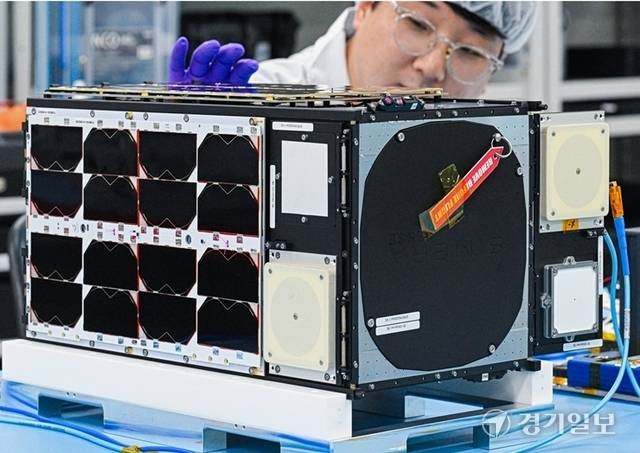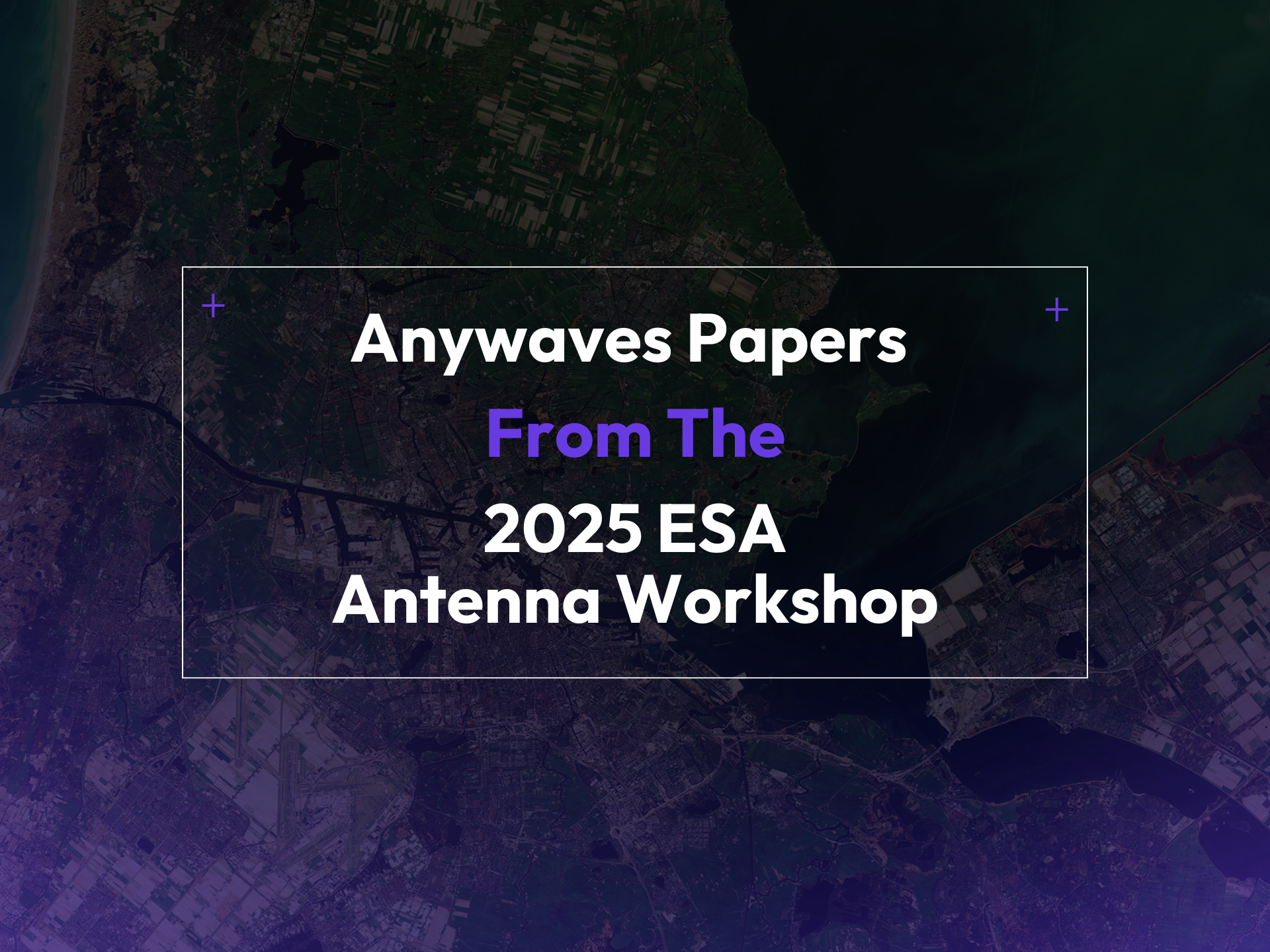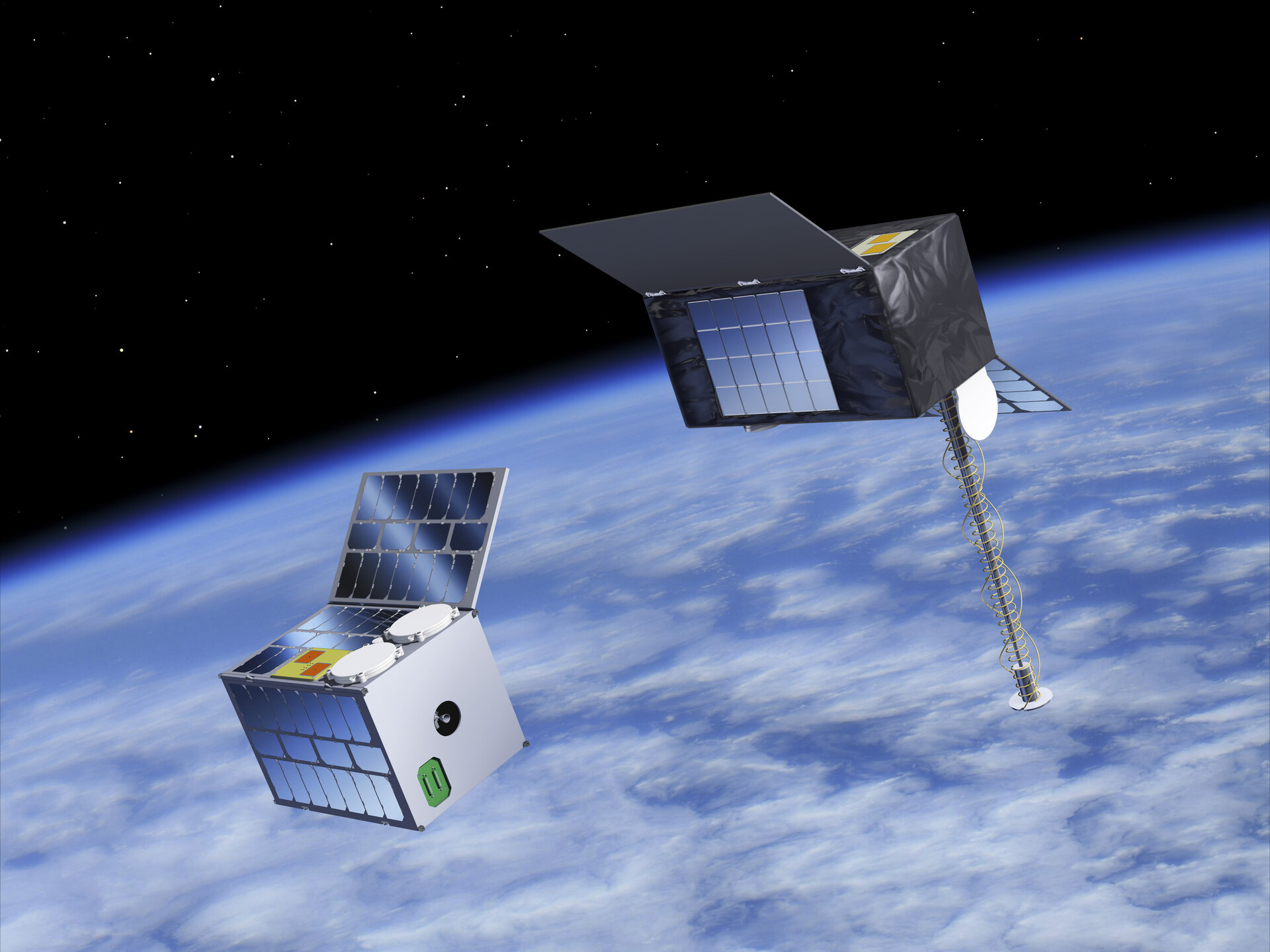Other news

Case Study - GYEONGGISat-1: Enabling Climate Intelligence From Space
Read more
2025 ESA Antenna Workshop: Ka-Band TT&C and X-Band Active Antenna Breakthroughs
Read more
This Halloween, follow the story of ECHO-7 : a small, brave explorer who flew too close to the Sun. Through his silence, we remember why precision and resilience keep space missions alive.
Once upon a time, far above the blue haze of Earth, a small satellite named ECHO-7 was born.
He wasn’t the most impressive satellite. In fact, he wasn’t much bigger than a suitcase. But in his heart burned a mission grander than himself: to map the invisible threads of Earth’s magnetic field. He wanted to trace the hidden architecture that shields our planet from the Sun’s fury. What a lovely mission you’d say?
And ECHO-7 was fierce and brave. He handled the launch like a pro, achieved the commissioning phase with flying colours and he was the proud and joy of all of his engineers-parents back home.
Up there, surrounded by silence and stars, ECHO-7 felt like a little spider suspended in the void, linked to Earth by a single silver thread, its TT&C antenna, its Ariadne’s thread.
Through this fragile silver link flowed everything that made him alive: telemetry, data, command.
When engineers on Earth spoke, ECHO-7 listened and replied. He was thrilled.
At first, everything was perfect.
ECHO-7 performed beautifully. Orbit after orbit, faithfully collecting data, executing commands, and sending down packets of telemetry.
But space, for all its beauty, is a cruel companion.
Each orbit brought swings of more than 200°C — one side scorched by the Sun at +120°C, the other plunged into -100°C shadow.
ECHO-7 began to feel it. First, the warmth — a slow, creeping burn that made his panels expand and his joints groan. Then, the freeze — a biting cold that made metal contract like a heartbeat slowing to a stop.
He tried to endure.
To focus on his mission plan.
To keep transmitting.
Warmth. Cold. Warmth. Cold. Always warmer. Always colder.
He pushed through the extreme environment, trying ro ignore the warning signals.
But inside him, invisible to all, a tiny fracture began to spread through the structure of his TT&C antenna. The Ariadne’s thread that bound him to Earth was weakening.
And then, one day… the silence came.
At 09:32 UTC, the control center sent a routine command.
No answer.
Another.
Still nothing.
ECHO-7 tried to shout — to send a desperate SOS, a whisper across the black sea — but he had lost his voice.
All he could hear now was his own past echo, bouncing endlessly in the vacuum.
That single crack, widened by thermal stress, had become fatal.
The antenna feedline had fractured, or perhaps the connector loosened under vibration. It didn’t matter. The thread was severed.
Without his TT&C link, ECHO-7 became mute and blind.
He still had so many things to say, so much data to share, but no way to speak. His voice had been burned by fire, frozen by the cold.
Could we dare say that, like Icarus, he had flown too close to the Sun?
Now, ECHO-7 drifts above us still.
His solar arrays glitter faintly when the Sun finds it. His instruments still hum, half-alive, unaware that no one is listening.
Without ground control, he cannot be deorbited or moved to a graveyard orbit to rest along his predecessors.
So he circles endlessly — a ghost in orbit, a zombie satellite — condemned to wander between worlds, half-alive, half-dead, carrying a mission he can never complete.
And the saddest part?
His creators will never truly know what happened.
No telemetry. No post-mortem. Just silence.
In space, when a TT&C link fails, even the cause of death becomes a mystery.
ECHO-7 is fiction, you might have guessed that. But believe us, the ghosts of space are real.
Orbit is littered with zombie satellites, machines once full of promise, now drifting endlessly through the dark.
Each of them carries the same haunting truth: when the voice is gone, the mission dies.
The TT&C antenna is not just hardware. It is the satellite’s voice, ears, and heartbeat combined.
It keeps spacecraft alive through three vital functions:
Every bit of this depends on a link budget calculated to the decibel. A few dB lost to mispointing, or a thermal drift in gain, can mean the end of contact.
Space has no mercy, and no second chances.
There is such a thing as a single point of failure.
That’s why every potential one must be carefully chosen, deeply understood, and ruthlessly tested.
At Anywaves, we believe that every antenna — especially a TT&C — must prove itself before it earns the right to fly. Because once in orbit, failure is irreversible.
Our antennas endure:
Because without proper preparation, without absolute precision before launch, even the bravest explorer – like ECHO-7 – can fall silent in the sky.
ECHO-7 no longer speaks,
but he still shines.
Like so many other silent satellites, he has lost his voice and his link with us — yet he continues to glide above us, a small light moving through the night. You might even see him tonight if you lift your head and search for a moving light amongst the stars.
That faint glimmer is a reminder of something essential:
Space is not cruel — it’s indifferent.
The only way to survive it is through precision, foresight, and resilience.



If you have any question, we would be happy to help you out.